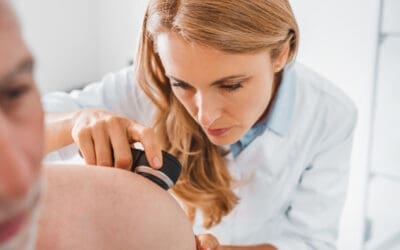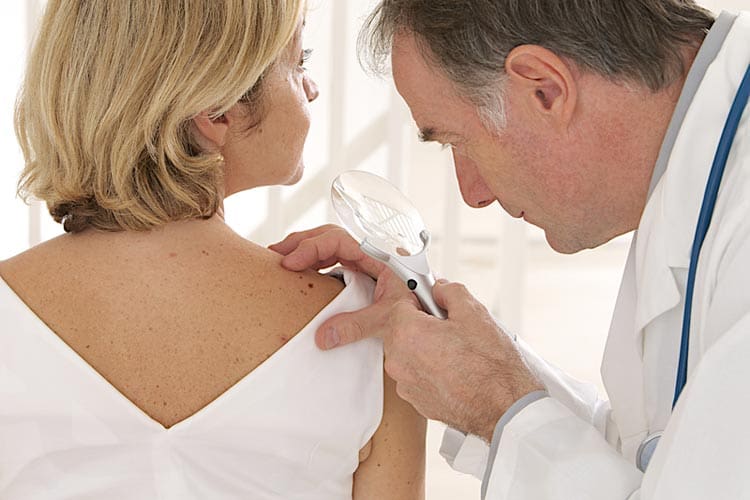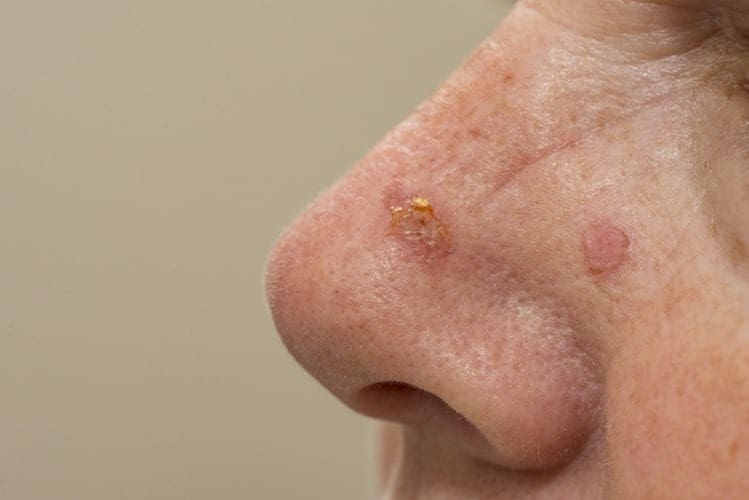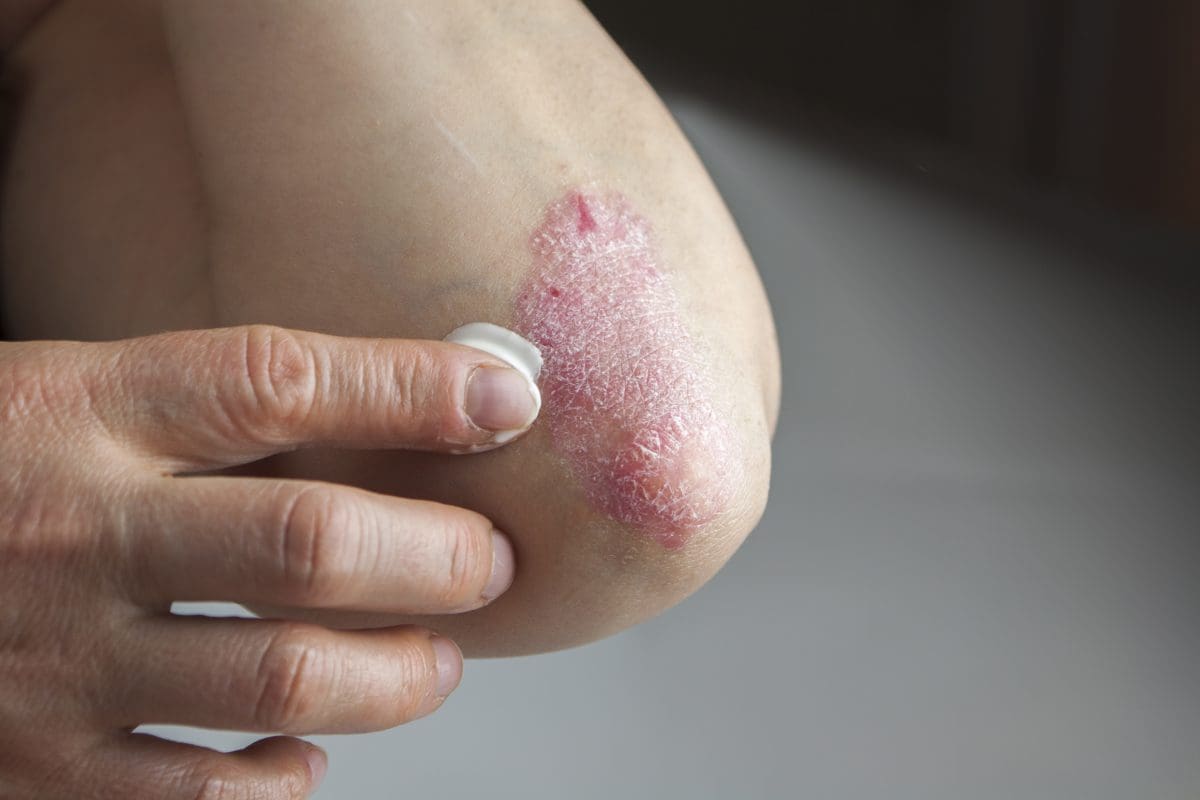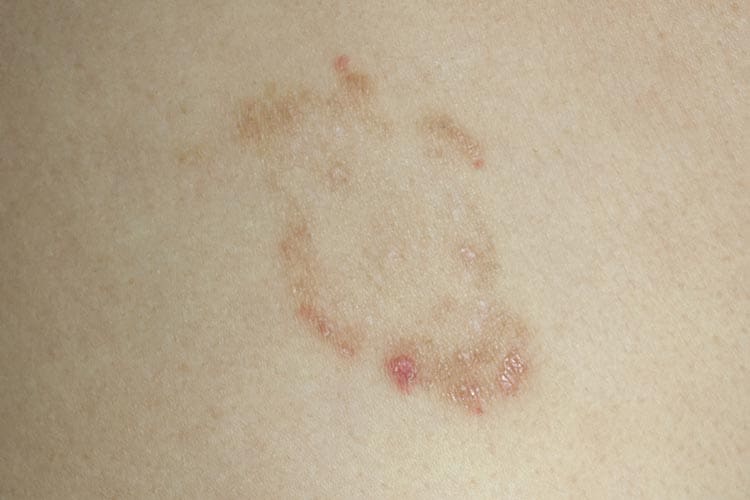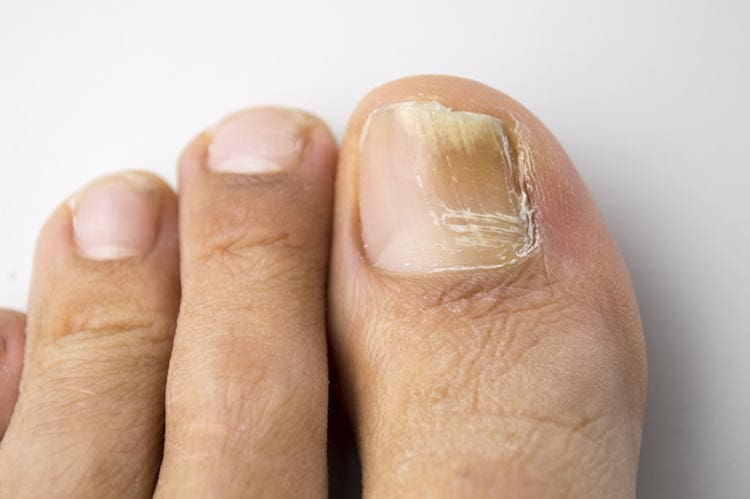Michael Freeman, Bond University Social media is full of claims that everyday habits can harm your skin. It’s also...
skin
How to make the most of your skin cancer check
From what to wear to finding a specialised GP, here’s what you need to know to prepare for your next skin check
Does having red hair and moles multiply skin cancer risk?
Exposure to the sun is a significant predictor of your risk of melanoma, but other factors play into the likelihood you’ll develop skin cancer.
Urticaria (hives)
Urticaria, which is also known as hives, is an itchy rash or skin eruption that usually only lasts from 24 to 48 hours.
Cellulitis
Cellulitis is a bacterial infection of the skin. The infection can spread quickly and become very dangerous and so cellulitis requires treatment with antibiotics.
Melanoma
Melanoma is the most serious form of skin cancer. Most melanomas arise as a new spot on previously normal skin, rather than from a pre-existing mole.
Skin cancer treatment options
The treatment of non-melanoma skin cancer has a high success rate, provided it is detected at an early stage. Read about the different treatment options.
Psoriasis
Psoriasis causes red, scaly patches of skin that may be sore or itchy. The patches mostly affect the knees, elbows, lower back and scalp.
Ringworm
Ringworm is a type of tinea – a fungal skin infection. The main symptom of ringworm in humans is round patches of dry, scaly, red skin.
Fungal nail problems
Fungal nail infections: risk factors, symptoms, treatment and how to prevent fungal infections of the nails.


